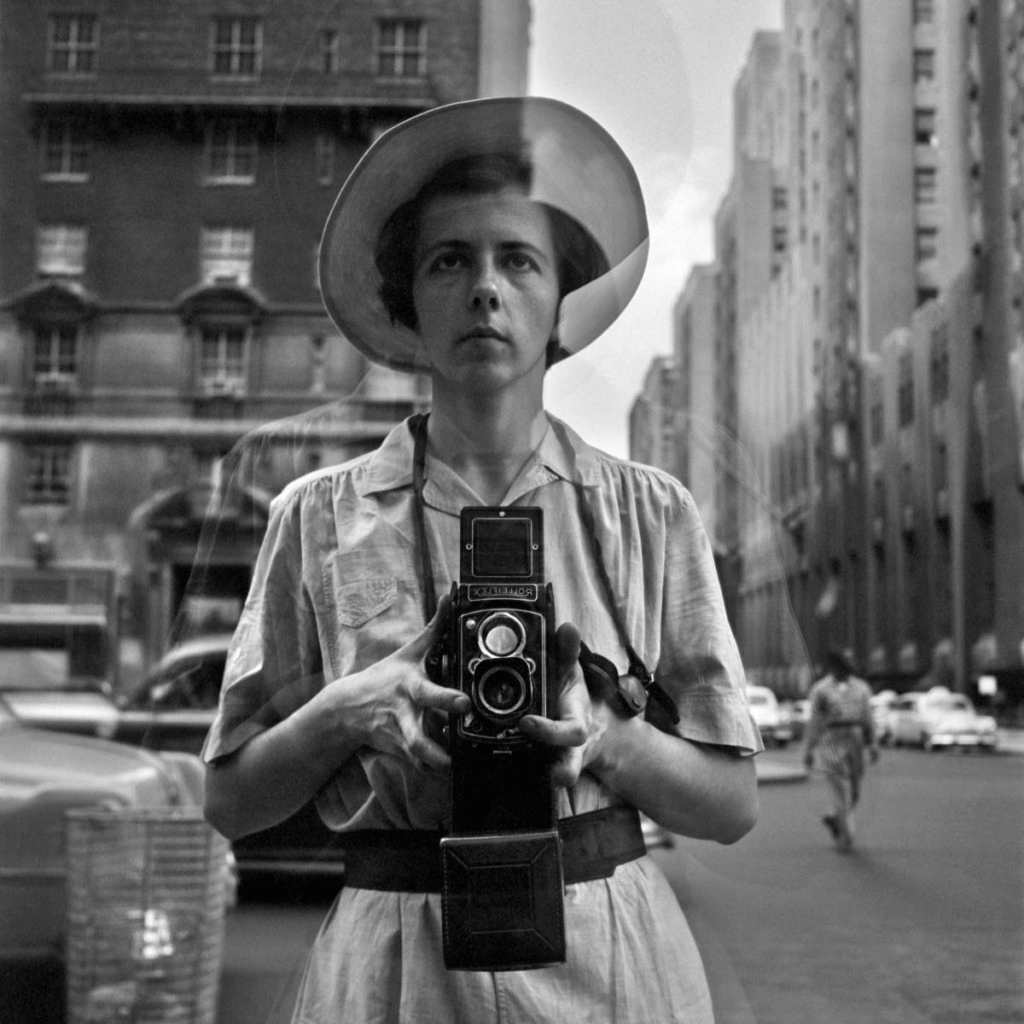All About Framing Streets
All About Framing Streets
Blog Article
How Framing Streets can Save You Time, Stress, and Money.
Table of ContentsNot known Details About Framing Streets The Definitive Guide to Framing StreetsThe 8-Minute Rule for Framing StreetsRumored Buzz on Framing StreetsLittle Known Questions About Framing Streets.Excitement About Framing Streets
, normally with the aim of recording pictures at a definitive or poignant moment by cautious framework and timing. https://framingstreets1.edublogs.org/2024/01/10/framing-streets-mastering-the-art-of-street-photography/.
Some Known Questions About Framing Streets.
Susan Sontag, 1977 Street photography can concentrate on individuals and their behavior in public. In this respect, the street photographer is comparable to social docudrama photographers or photographers who also function in public places, but with the purpose of capturing relevant occasions. Any of these photographers' photos might record people and building noticeable within or from public areas, which frequently requires navigating moral concerns and legislations of privacy, safety and security, and property.
Representations of day-to-day public life create a genre in practically every period of globe art, starting in the pre-historic, Sumerian, Egyptian and very early Buddhist art durations. Art managing the life of the road, whether within views of cityscapes, or as the leading theme, appears in the West in the canon of the Northern Renaissance, Baroque, Rococo, of Romanticism, Realistic look, Impressionism and Post-Impressionism.
9 Simple Techniques For Framing Streets
Louis Daguerre: "Boulevard du Holy place" (1838 or 1839) In 1838 or 1839 the first photo of numbers in the street was taped by Louis-Jacques-Mand Daguerre in one of a set of daguerreotype sights taken from his workshop home window of the Boulevard du Holy place in Paris. The second, made at the elevation of the day, shows an uninhabited stretch of road, while the various other was taken at regarding 8:00 am, and as Beaumont Newhall reports, "The Blvd, so constantly loaded with a moving throng of pedestrians and carriages was completely solitary, other than a person who was having his boots brushed.
, who was influenced to carry out a comparable paperwork of New York City. As the city established, Atget helped to advertise Parisian streets as a worthwhile topic for digital photography.

The Best Strategy To Use For Framing Streets
Between 1946 and 1957 Le Groupe des XV each year displayed job of this kind. Andre Kertesz. Circus, Budapest, 19 May 1920 Street digital photography created the significant web content More Help of two exhibits at the Gallery of Modern Art (Mo, MA) in New york city curated by Edward Steichen, Five French Digital Photographers: Brassai; Cartier-Bresson, Doisneau, Ronis, Izis in 1951 to 1952, and Post-war European Digital Photography in 1953, which exported the concept of road digital photography worldwide.

See This Report on Framing Streets
The recording machine was 'a surprise cam', a 35 mm Contax hidden under his layer, that was 'strapped to the breast and attached to a long cord strung down the ideal sleeve'. His job had little modern influence as due to Evans' sensitivities about the originality of his job and the personal privacy of his topics, it was not released till 1966, in the publication Lots of Are Called, with an introduction composed by James Agee in 1940.
Helen Levitt, then a teacher of kids, related to Evans in 193839. She documented the temporal chalk drawings - vivian maier that were part of children's street culture in New york city at the time, in addition to the youngsters who made them. In July 1939, Mo, MA's brand-new photography area included Levitt's work in its inaugural exhibitRobert Frank's 1958 book,, was considerable; raw and often out of focus, Frank's pictures questioned conventional digital photography of the moment, "tested all the official guidelines put down by Henri Cartier-Bresson and Walker Evans" and "flew in the face of the wholesome pictorialism and sincere photojournalism of American magazines like LIFE and Time".
Report this page